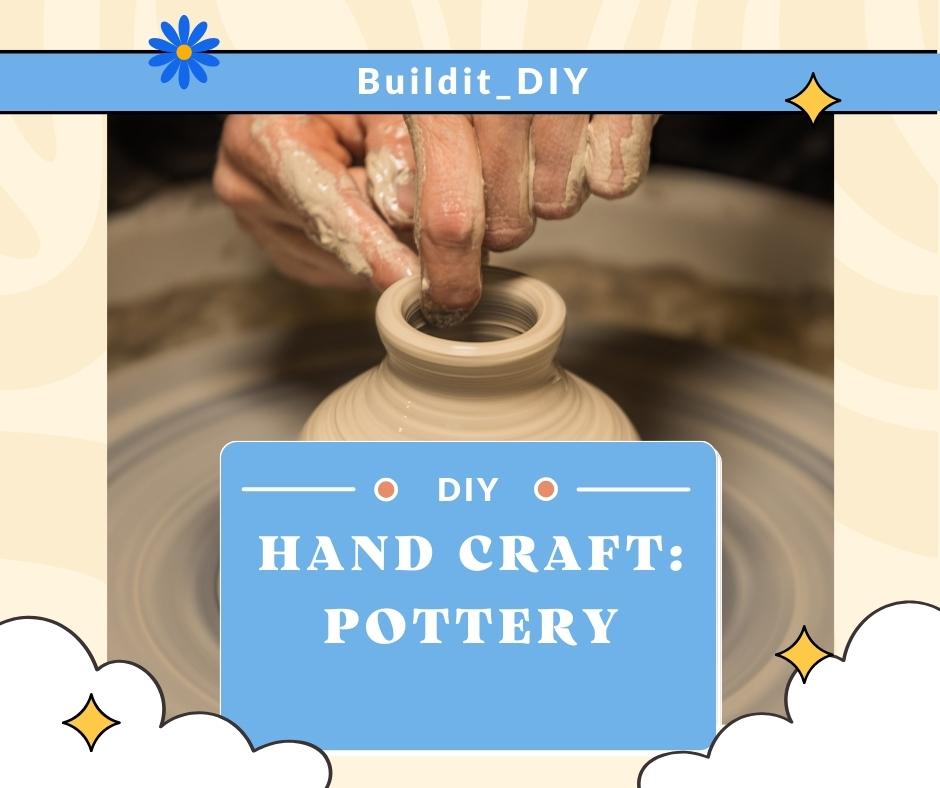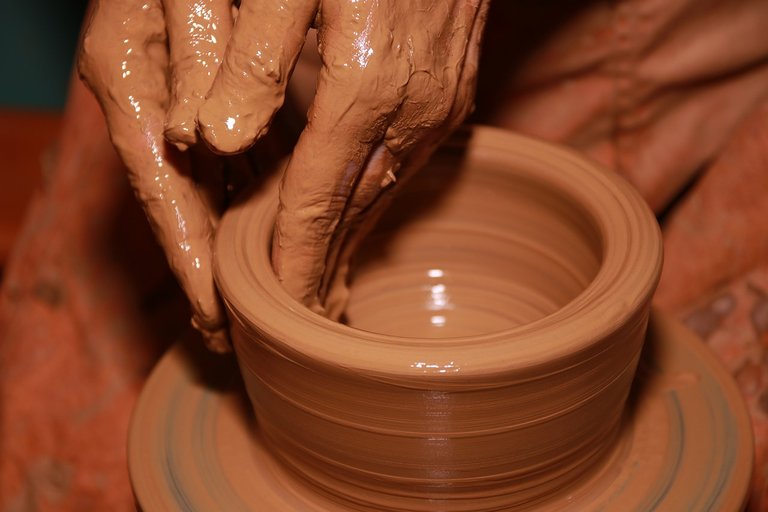.jpeg)
In a world filled with mass-produced items, there is something incredibly fulfilling about creating something with your own hands. One craft that offers both artistic expression and tangible results is DIY pottery. Whether you are a beginner looking to try your hand at pottery for the first time or an experienced hobbyist seeking a calming and creative outlet, pottery allows you to make unique, handmade items that serve both decorative and functional purposes.
DIY pottery combines creativity, skill, and mindfulness. Here are several reasons why pottery-making has grown in popularity among DIY enthusiasts:
- Artistic Expression: Pottery allows you to create your imagination into three-dimensional, usable art. The possibilities are endless— you can create bowls, mugs, vases, plates, or purely decorative pieces. Every work of pottery carries a piece of the maker’s personality, from the shape and form to the colors and designs chosen.
- Functional Creativity: Pottery is one of the few crafts that yield products with real, everyday utility. Handmade pottery items like mugs, bowls, or plates can be used in your daily life, adding a personal touch to your household. Knowing you made these items makes them all the more special.
- Sustainable and Personalized Gifts: DIY pottery also provides an eco-friendly alternative. Personalized pottery pieces, such as hand-thrown mugs or small planters, make thoughtful gifts for friends and family.

If you’re eager to dive into the world of pottery, you’ll need a few essential tools and materials. One of the many advantages of DIY pottery is that it can be done in a home studio or even on a small scale in your living space, depending on the type of pottery you want to create.
Clay: The most important material, clay comes in various types, including earthenware, stoneware, and porcelain. Each type has different properties regarding texture, flexibility, and firing temperature.
Beginners typically start with stoneware or earthenware, as these clays are easier to work with and forgiving during the shaping process.Pottery Tools: A basic pottery toolset includes items like trimming tools, sponges, wire cutters, ribs, and wooden or metal tools for shaping and detailing your clay. These can be found online or at local craft stores. Beginners can start with just a few tools, expanding their collection as their skills grow.
Kiln (Or Alternative Firing Methods): Pottery usually needs to be fired in a kiln to be made permanent and durable. However, purchasing a kiln can be expensive and impractical for beginners. Luckily, many local ceramic studios offer kiln-firing services.
There are also alternative methods like; Air-dry clay, which does not require firing and can be hardened simply by letting it dry in the open air.Glazes and Paints: Once your pottery is shaped and fired (if required), decorating the surface is a chance to let your creativity flow. Pottery glazes, which are special glass-like coatings, give your pottery both color and a smooth, waterproof finish. For air-dry clay projects, acrylic paints and a waterproof sealant can be used as an alternative.
Pottery-making encompasses a wide range of techniques, but for beginners, it’s helpful to start with a few foundational methods like.
- Pinch Pots: This is the simplest form of pottery and requires no tools, just your hands. Pinch pots are made by rolling a ball of clay and then pinching it into a bowl-like shape. They can be used to make small planters, candle holders, or decorative bowls.
- Coil Building: With coil building, you create pots by rolling out long, snake-like coils of clay and stacking them to form walls. This technique offers versatility, allowing you to shape tall vases, bowls, or intricate sculptures.
- Slab Construction: This method involves rolling out flat sheets of clay (similar to rolling dough) and cutting or joining pieces to create Structured forms. Slab construction is perfect for making tiles, boxes, or trays.
To develop your skills and gain inspiration, explore the work of professional potters or DIY pottery communities on platforms like Pinterest, Instagram, and YouTube.
Many creators share step-by-step tutorials that guide you through more advanced projects like textured mugs, lidded jars, or whimsical sculptures. You can also take local pottery workshops or online courses that introduce you to more complex techniques and firing methods. One of the best aspects of pottery is that there’s always something new to learn.
Mastery comes with practice, and each mistake can be seen as a learning opportunity. Patience is key, as working with clay teaches the value of embracing imperfections and trusting the process.
Conclusion:
DIY pottery is a rewarding activity that blends creativity, skill, and relaxation. Whether you're looking to express yourself artistically or craft personalized gifts, pottery offers endless possibilities. As you experiment and refine your techniques, you'll not only create beautiful, functional pieces but also gain a deeper appreciation for the art of working with clay.